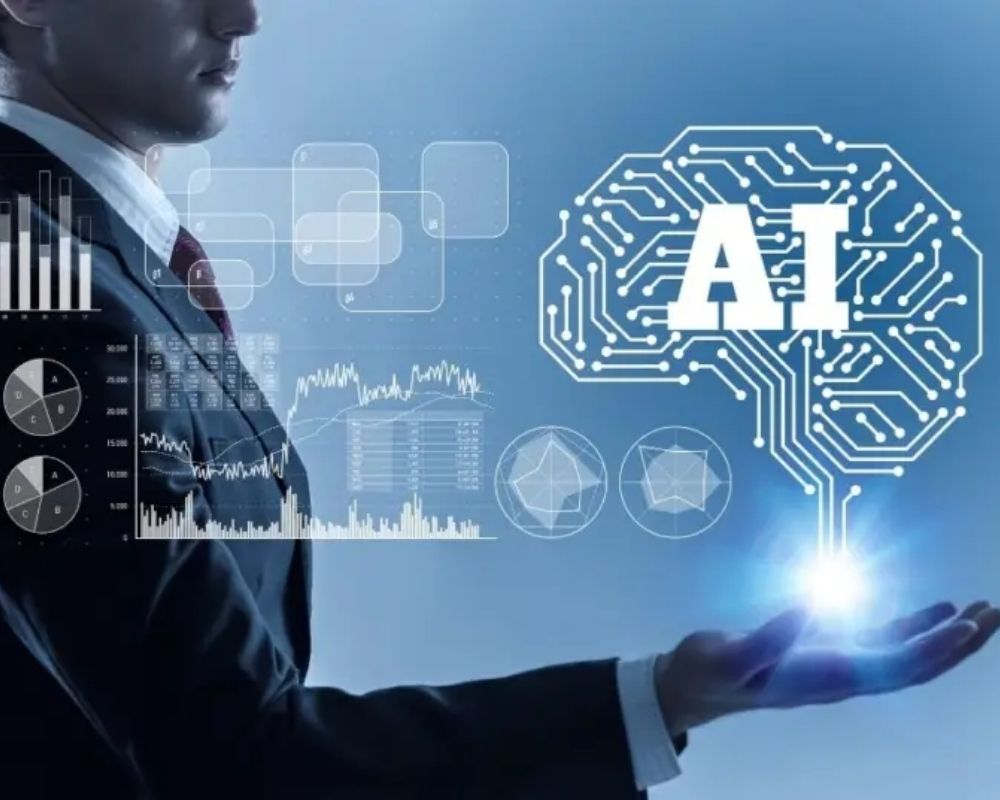Metaverse is the hottest keyword at the moment, especially after Facebook announced to change the company name to Meta and invest huge resources on developing an ecosystem that supports the Metaverse vision. So what can humans do on Metaverse and which technologies are needed to support it?
The term Metaverse was first mentioned by author Neal Stephensen in 1992 in the science fiction novel Snow Crash. It depicts a virtual world where people interact with each other through digital avatars.
There are four basic properties of a Metaverse: Combination of online and offline experiences, Continuity, Digital Ownership and Autonomy. In the digital universe, people expect to be able to do almost anything in the real world, and hope for limitless, borderless experiences.
1. Some features of Metaverse:
- Sustainability:
The ability to maintain and continuously make improvements to the services or ecosystem within it.
- Immersion:
Metaverse’s realism is determined by the development of hardware and software technologies that support the user experience. This feature answers the question of how much of our experience in the Metaverse is compared to reality.
- Openness:
Which means that Metaverse allows participants to connect or disconnect at any time. At the same time it must be an open space that allows creativity to become limitless.
- Digital Economic System:
A system parallel to reality. In this sustem, participants can transfer their assets between the real world and Metaverse easily, as well as can rely on groundbreaking innovations in Metaverse to accumulate and increase their assets in the real world.
This transformation and movement between the real and digital environment requires supporting technology for security and digital identity authentication.

Picture 1: Layers of Metaverse (source: https://t-rex.exchange/btc)
The Covid-19 pandemic has contributed to pushing individuals and businesses to transform their working environment into a digital environment, schools also put courses online, and change the way how students learn. The learning process is no longer as passive as before, but requires more active learning and diverse learning from students.
To support the authentication of processes, jobs, people, and knowledge created and circulated in the digital space, a strong, high-security technology is required to fully meet the needs of individuals, and organize participation in the digital space. That is Blockchain technology.
Blockchain technology is expected to help build a digital economy on the Metaverse. With its security, immutability and respect for individual autonomy, Blockchain helps to record all transactions and ensure transparency throughout the system. This is also considered a supporting technology to create Web 3.0.
Some models of storage and authentication in the digital space using Blockchain such as medical records, study records, certificates and degrees obtained after participating in online or offline courses.
The storage can at the same time authenticate your own history related to health records, academic records, and it is possible to verify which doctors and teachers have examined, taught and given certificates for you.
Thereby, you will have an authenticated Digital Profile that cannot be faked to apply for a job or to prove your ability. Teachers and doctors can also use your profile to prove their training and healthcare capacity.
Blockchain can be used to help support the product traceability process starting from production to storage, processing, distribution, circulation of goods and trading.
All information about manufacturers and companies involved in the intermediate processes of products will be saved on the Blockchain, ensuring transparency and helping consumers have enough information to consider, review before deciding to buy. This helps solve an issue that concerns all supply chain businesses and consumers. It is trust.

Picture 2: Supply chain management (source: http://www.systra-tech.com/supply-chain-management/)
The whole payment process for services in the digital space can also be done online via online payment platforms, or through cryptocurrencies with low transaction costs using Blockchain technology.
When using Blockchain application, the payment does not need to wait for a 3rd party to authenticate, so it saves a lot of time, and accordingly, the cost savings to make transactions. Automating the transaction process will help cut the the participation of 3rd parties.
2. What is Web 3.0 and the role of Blockchain

Picture 3: Web 3.0 (source: https://knowyourmeme.com/)
Web 3.0, also known as Web3, refers to an evolved state of the world wide web boasting a blockchain-powered decentralized ecosystem where users can interact without worrying about central data-specific repositories.
In simpler terms, in the era of Web 3.0, search engines, social media platforms, marketplaces etc. will be built on the blockchain and facilitated by cryptocurrencies, giving rise to novel developments like uncensorable content and more inclusive payment services.
Cryptocurrencies that are associated with Web 3.0 are known as Web 3.0 tokens, or Web 3.0 cryptocurrencies. Ideally, Web 3.0 aims to give users more control over their digital content with the help of a decentralized infrastructure, shifting the dependency of transactions and permissions away from a central authority.
This is promising for the creator economy, where users can be financially rewarded when they own or bring digital data and value to the online community. While there are several early Web 3.0 applications, the era of Web 3.0 will only reach its true potential when the majority of current and future web applications and websites have embraced a decentralized web infrastructure.












